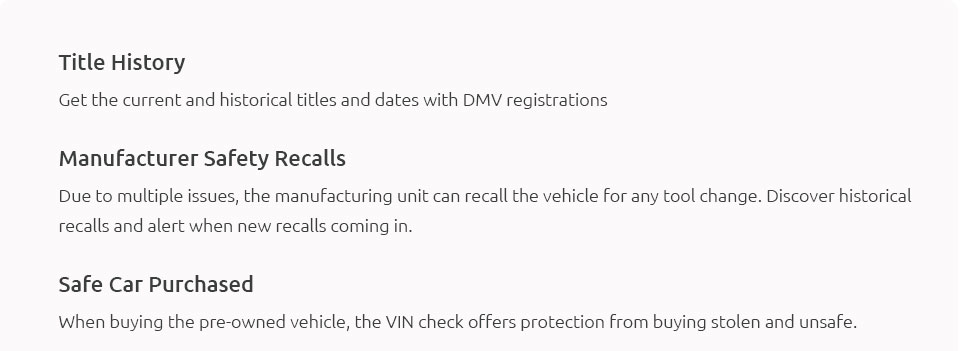 |
 |
 |
 |
 |
||
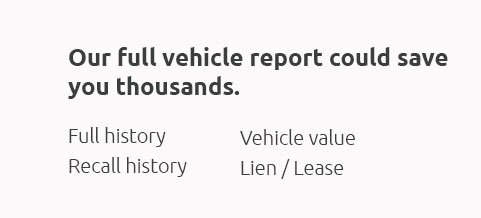 |
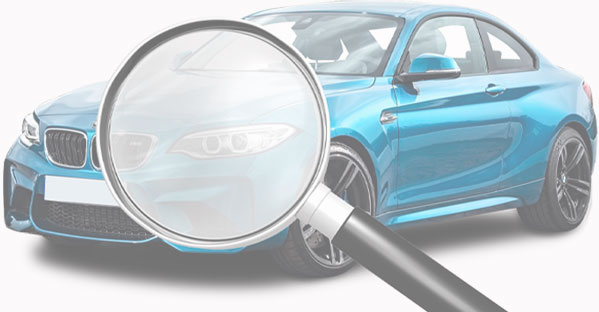 |
|
 |
 |
|
 |
 |
 |
 |
||
 |
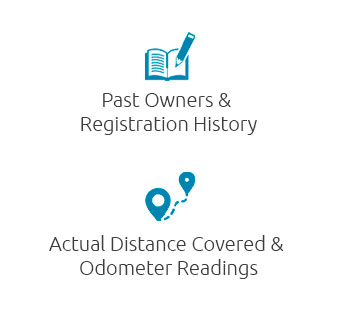 |
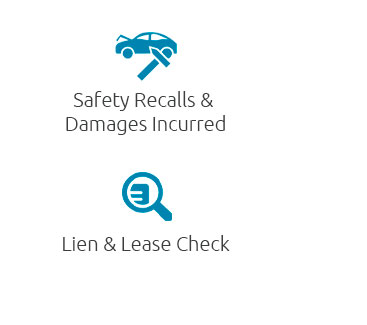 |
 |
 |
 |
||||
|
||||
 |
 |
How to Check Salvage Title Cars: A Comprehensive GuideWhen it comes to purchasing a used vehicle, one term that often crops up is 'salvage title.' But what exactly does this mean, and why is it so crucial to be informed before making a decision? A salvage title indicates that an insurance company has deemed the car a total loss due to damage from an accident, flood, theft, or other significant event. These vehicles can be tempting buys because they are often priced lower than their clean-titled counterparts. However, the potential risks involved make it essential to conduct a thorough check before proceeding with the purchase. Understanding the Basics: Before diving into the intricacies of checking a salvage title, it's vital to understand what you're dealing with. A car with a salvage title has undergone severe damage, making it financially unfeasible for the insurance company to repair. This doesn't necessarily mean the car is beyond repair; it just means that the cost of repairs exceeds a certain percentage of the car's market value. Once repaired, these vehicles can be retitled as 'rebuilt' or 'reconstructed,' but the history remains. Steps to Check a Salvage Title 1. Obtain the Vehicle Identification Number (VIN): The first and foremost step is to get the VIN, a unique code assigned to every vehicle. It serves as a fingerprint that allows you to access the car's history. You can find the VIN on the car's dashboard near the windshield, on the driver's side door frame, or in the vehicle's documentation. 2. Utilize Online Resources: Several online platforms offer comprehensive vehicle history reports. These reports provide invaluable information about the car's past, including accident history, title status, and previous ownership details. Two excellent resources to consider are search your car by vin number and search car features by vin. These services can reveal whether the car has ever been issued a salvage title and what specific events led to it. 3. Inspect the Vehicle Thoroughly: Even with a clear report, nothing beats a physical inspection. Look for signs of previous damage, such as mismatched paint, uneven gaps between panels, and rust in unusual places. Don't hesitate to bring a trusted mechanic or a professional inspector along for a more detailed evaluation.
4. Evaluate the Repair Quality: A rebuilt car can be a good purchase if repaired to high standards. However, subpar repairs can lead to endless headaches. Ask for repair receipts and inquire about the repair shop's reputation. Final Considerations When contemplating the purchase of a salvage title car, it's essential to weigh the risks against the potential savings. While these vehicles can be more affordable, they might also have hidden issues that could lead to costly repairs down the road. Moreover, insuring a salvage title car can be more challenging and expensive. Before finalizing any decision, consider your tolerance for risk and your willingness to potentially spend more time and money on maintenance. In summary, while salvage title cars can offer great value, they require diligence and careful consideration. By following these steps, you can make a more informed decision, minimizing risks and ensuring that your new vehicle serves you well for years to come. https://www.youtube.com/watch?v=C9-X3W7FHHw&pp=ygUGI3Zpbm5y
This week, #autochief does a walk through on how to do a VIN check to determine if a #car is #salvage or #accidentcar. https://bobistheoilguy.com/forums/threads/salvage-history-but-clean-title.381679/
If the vehicle has a salvage title, not even rebuilt (even if it was just something like hail damage, still need an inspection to issue a ... https://grassrootsmotorsports.com/forum/grm/how-to-find-out-what-caused-a-rebuilt-title/152099/page1/
VIN photos only show up typically if the car went through one of the big auction companies. If the owner does a retention and fixes it ...
|

